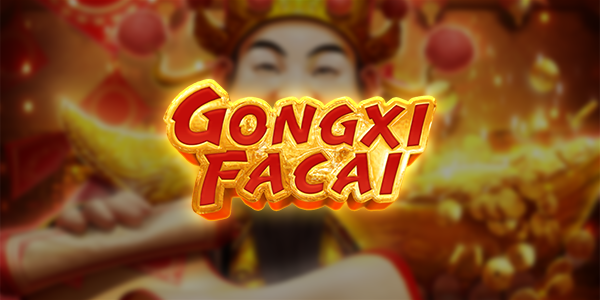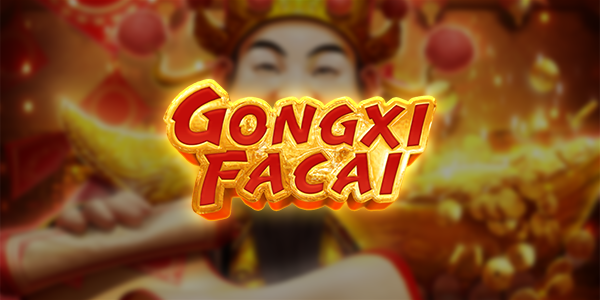Next Generation
User Interface (NGUI)
Problem
When I first joined the Genesis team, the framework on which we built our games was on the verge of being replaced with one that was on the bleeding edge - but the UI was sorely lacking compared to other industry leaders. The biggest point of contention was the lack of mobile support, which consisted of 80% of users who were hugely neglected. Rather than playing catch-up to our competition, we wanted to build something that would serve as the groundwork for a larger, more ambitious vision - something that needed to be scalable, flexible and ultimately uplifting to our players.
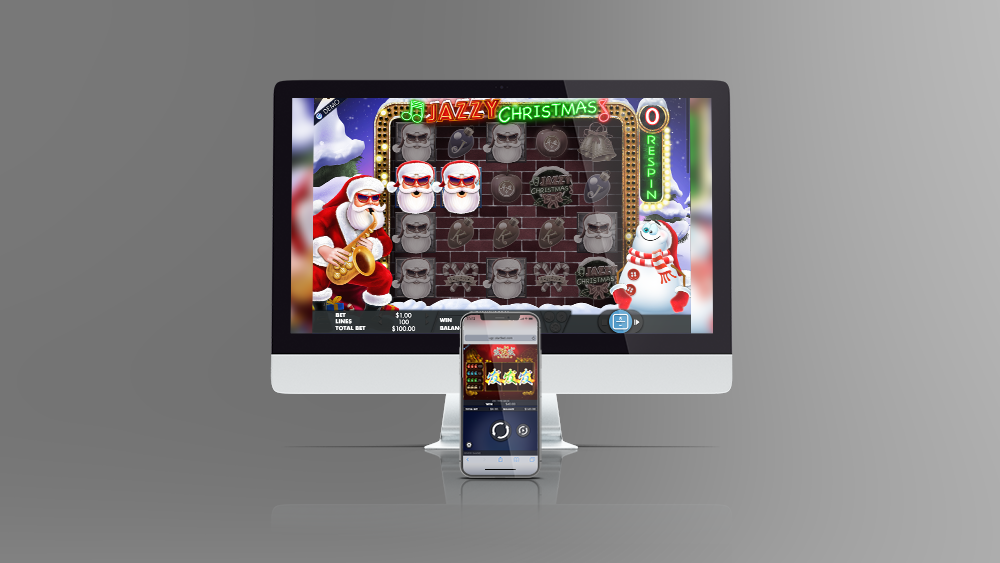
Process
My first steps to navigating this major company initiative was to look at our current roster of games and study the already established mental model. Considering how major changes need to be carefully studied so as to not turn off returning players, whom are a very superstitious bunch, from our games completely. I then documented a wide pool of our competitors, their top performers, their user flows and their key differentiating features. This gave me a clear picture of what could be successful, and what would turn players off completely.
Taking everything I had learned in my week-long study, I produced my initial low-fidelity prototype to test with our users. This was the first user testing session conducted in our company, which in turn proved its benefit and allowed me to conduct further user tests with key stakeholder support. From the data gathered, I was able to move forward with confidence.
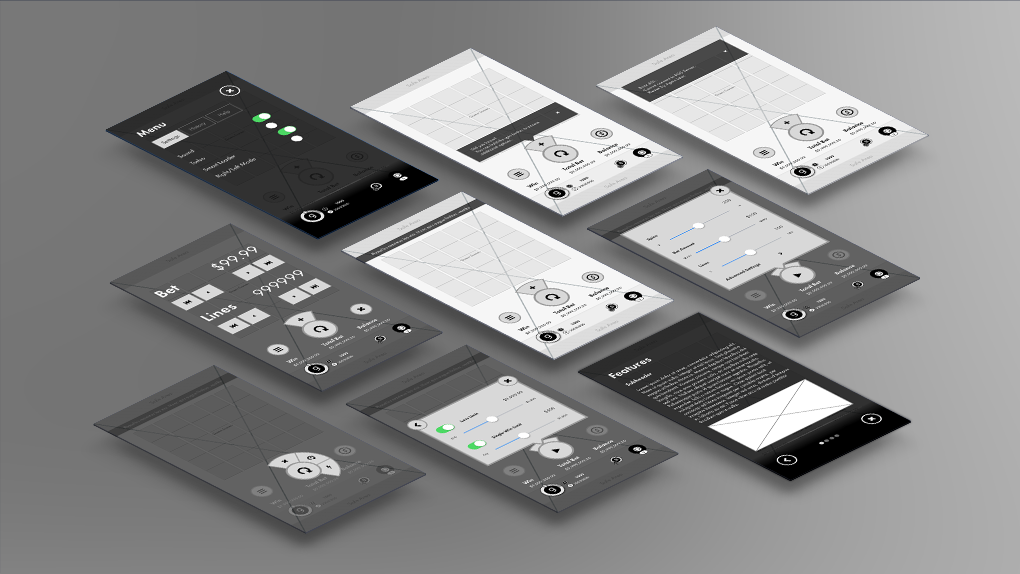
I then turned to artists and game producers, who work with this foundation closely. This turned out to be heavily beneficial; while our players benefit from the end result, it's important to uplift our artists to work efficiently. This way we achieved a balance between being player and business focused. Compiling the notes from my brainstorming meeting, I began to put together an artist template which allowed myself to continue my process while allowing our game designers to work concurrently on the creation of our flagship game, which was to be the first release featuring our brand new UI.
Solution
With the support of the artists, the designers and most importantly - the data; I had everything I needed to move forward to the production of the UI in confidence. A major aspect that I had initially overlooked, but was reminded of in my meeting with the artists, was the necessity for a baseline UI that would allow us to port our older games over, without the need for artists to create new assets.
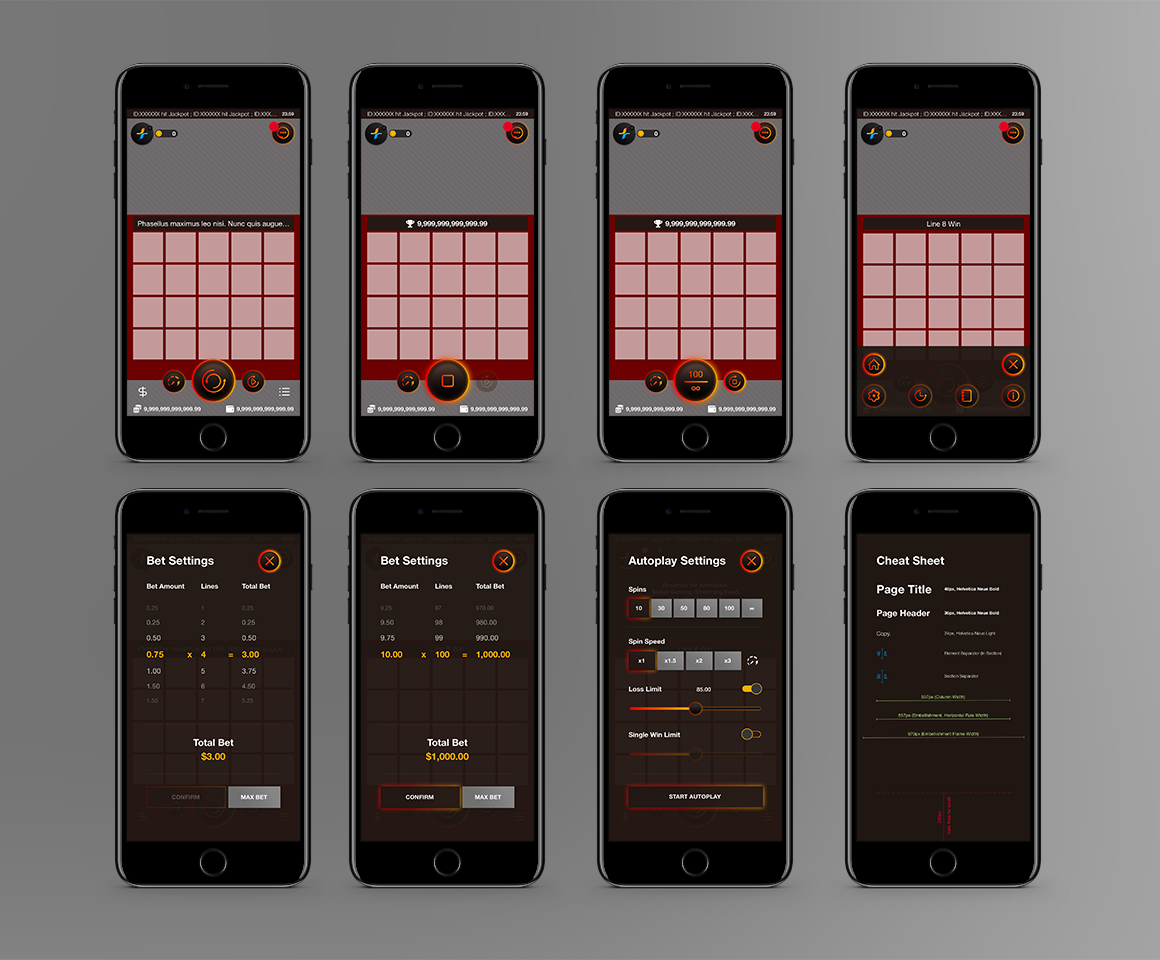
This was a major point for our company as we made the decision to push our games under 3 sub-brands, targeting different segments of our player base - utilizing the NGUI as the foundation. With the artist template already fully integrated in our production process, we were able to test its scalability with a wide swath of games - slots, table games, and ‘casual’ games. It proved successful, with many big ideas coming from the three offices.
Once the final versions of the themes were created for our three sub-brands, and development was wrapped up, our flagship game was primed for release.
Results
Within the first 24 hours, we had achieved a total of $14 million in bets made by 24,000 unique players.
Compared to our old roster of games - this was more than all of our top performers, combined, in a period of a week.
Gongxi Facai remains a top performer and the foundation is still being used for all of our new games.
